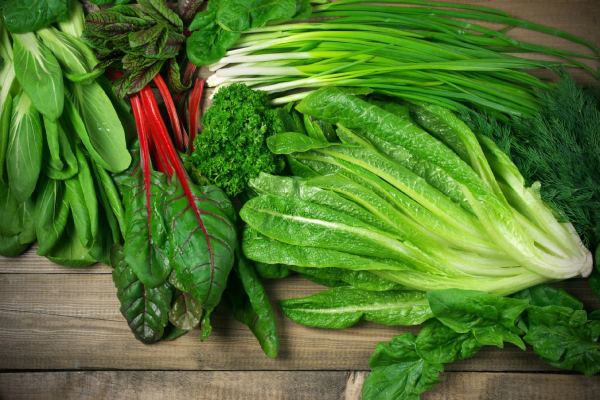Leafy greens not only enhance the visual appeal of your meals with their vibrant colors and textures but also play a vital role in enriching your diet with essential nutrients. These foods are low in calories but high in vitamins, minerals, and fiber, providing substantial health advantages.
Furthermore, leafy greens cultivated at home possess richer flavor and greater freshness. With the right conditions of well-drained soil, adequate sunlight, and regular watering, it is easy for plants to grow.
What Green leafy vegetable has the most nutrients?
Each green leafy vegetable provides a unique array of vitamins, minerals, and antioxidants essential for overall health.
Here is a list of 10 leaf greens you can grow in your home garden, ensuring you get a broad spectrum of nutrients.
10. Lettuce
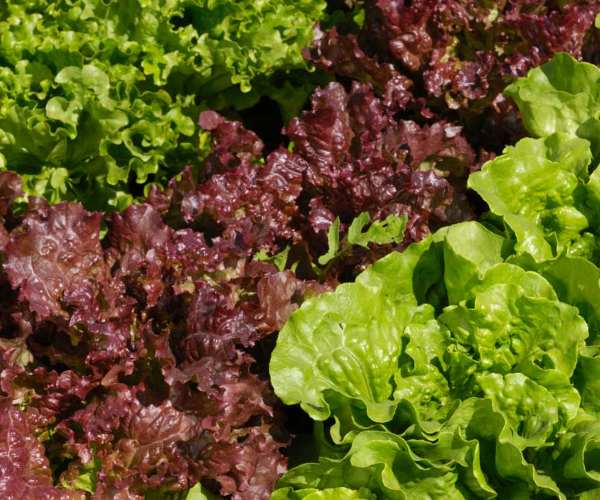
Lettuce, scientifically known as Lactuca sativa, is a leafy vegetable, known for its use in salads. Besides, it is used as a burger topper, a sandwich wrap, and so on.
This leafy green has various types as well. Americans typically eat four main types of lettuce including Butterhead lettuce, Crisphead lettuce, Loose leaf lettuce, and Romaine lettuce.
Nutrition Facts: Lettuce contains a significant amount of vitamin A, as well as smaller amounts of vitamin C and iron.
Health Benefits: You stay hydrated by eating lettuce, as raw lettuce consists of over 95% water. It is a source of vitamin K, which plays a role in building strong bones, blood, and brains.
Having lettuce during your meal time also helps to lose weight.
9. Spinach
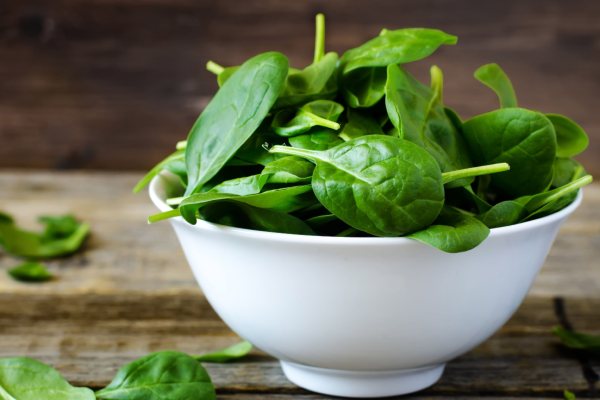
Spinach is a nutritious leafy green flowering plant. Consuming nearly 2.9 grams of protein from spinach helps maintain your diet.
Nutrition Facts: Spinach contains many nutrients including vitamin A, vitamin C, and vitamin K, fiber, phosphorus, and thiamine.
Health Benefits: Consuming spinach helps to improve blood glucose control in people with diabetes, lowering the risk of cancer, and improving bone health.
8. Chinese Cabbage
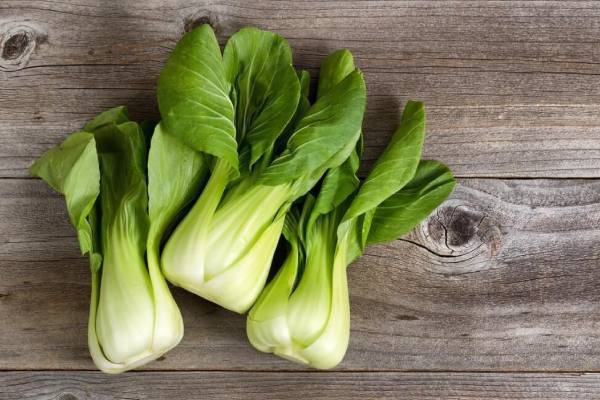
Chinese Cabbage, also known as Napa Cabbage, provides a good source of calcium and potassium. Similarly, this leafy green is enjoyed in salads, sandwiches, and burgers, due to its sweet and crisp taste.
Nutrition Facts: Chinese Cabbage is low in calories with just 16 calories per 100 g of fresh leaves. However, it is rich in antioxidants and provides a significant amount of soluble and insoluble dietary fiber.
Health Benefits: Chinese Cabbage contains vitamin K which helps to improve fat breakdown and blood clotting. Similarly, regular consumption of Vitamin C helps in developing resistance against infections.
7. Parsley
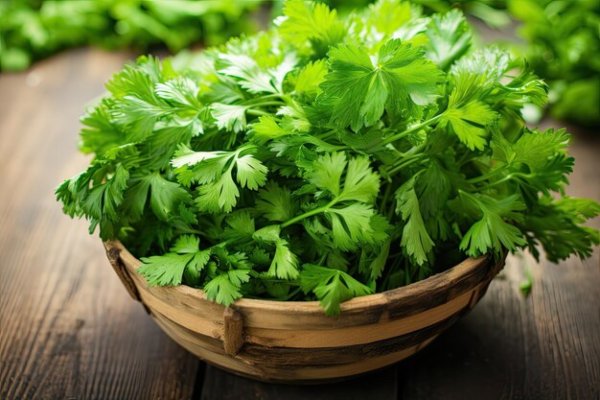
Parsley is a common cooking herb that cultivates in your home garden. It is best to sow in early spring to early summer and late summer to early autumn. It can easily be harvested between 11 to 16 weeks.
Every household used it as a garnish for their salad and dish.
Nutrition Facts: Parsley includes carotenoids three carotenoids including lutein, beta carotene, and zeaxanthin that help protect your eyes and promote healthy vision.
Health Benefits: Parsley is particularly rich in vitamin K, which is an essential nutrient for optimal bone health. It also contains antioxidants that may provide cancer-fighting benefits.
6. Collard Greens
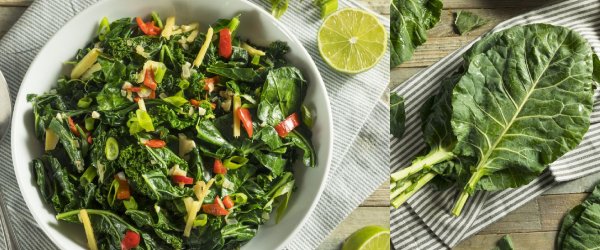
Collard greens are a leafy green vegetable native to North America. If they are young, they have a mild flavor. But if they picked after a frost, they become sweeter. Nevertheless, the younger leaves are also more tender and have a better texture.
To get the best result, it is recommended to sow Collard in February or March for a winter harvest.
Nutrition Facts: Collard green is packed with ample amounts of vitamins A, K, B, and C, as well as minerals like calcium, iron, and potassium.
Vitamin A is important for healthy T-cells while vitamin C keeps your blood cells healthy.
Health Benefits: Reports suggested that eating collard greens may reduce cancer risk, lower blood cholesterol, and improve bone health, and liver problems. Similarly, Collard greens are full of fiber, which helps with digestion.
5. Swiss Chard
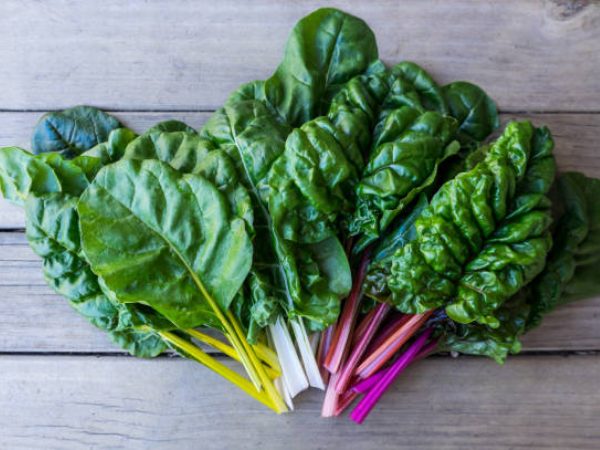
Swiss Chard, basically called Chard, is also one of the green leafy vegetables with a slightly bitter flavor.
Nutrition Facts: Swiss Chard is low in calories which helps you maintain a moderate weight. However, it is high in magnesium, iron, potassium, and vitamins A, C, and K.
Health Benefits: Your body is protected from free radicals damage by the high antioxidant content in Swiss Chard. Similarly, consuming Swiss chard can lower heart disease risk factors such as inflammation, high cholesterol, and high blood pressure.
4. Mustard Green
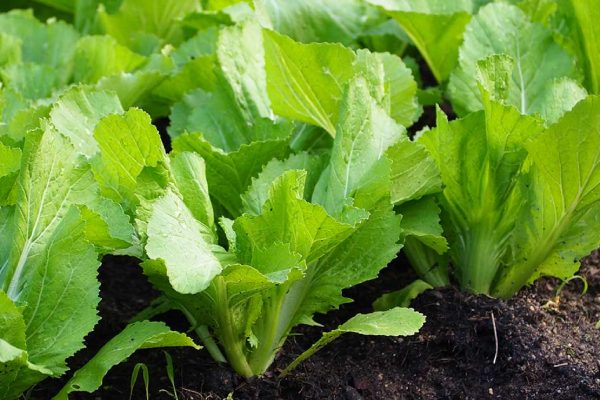
Mustard Green is one of the most impressive veggies with its wide array of nutritional benefits. It is commonly cultivated across Asia and Europe.
Nutrition Facts: This veggie is rich in vitamins A, C, and K and a group of beneficial plant compounds called glucosinolates. Glucosinolates help to protect cells against DNA damage and prevent the growth of cancerous cells.
Health Benefits: Mustard greens have a high level of vitamin K which plays a crucial role in bone mineralization and blood clotting. Consumption of mustard greens may help to reduce the risk of certain cancers including prostate, colon, stomach, and more.
3. Radish Greens
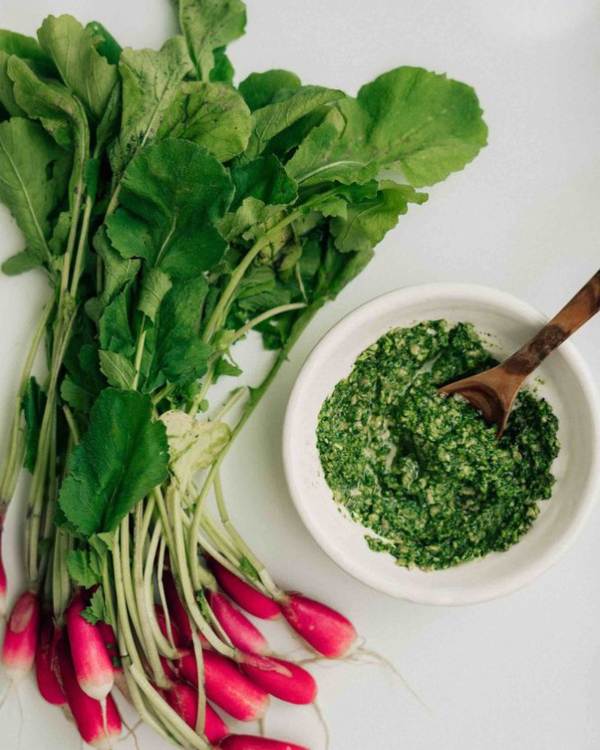
Radish Green is also a leafy green of the radish root vegetable. It is similar to mustard greens with flavor from slightly bitter or spicy to earthy.
It can be enjoyed as salads, soups, and casseroles.
Nutrition Facts: Radish greens are an excellent source of vitamin K which is essential for blood clotting and bone health. It also contains potassium which helps regulate blood pressure. Furthermore, it is rich in magnesium and vitamin C.
Health Benefits: Consuming radish green may help reduce memory loss and protect the lung tissues against oxidative stress and damage.
2. Watercress
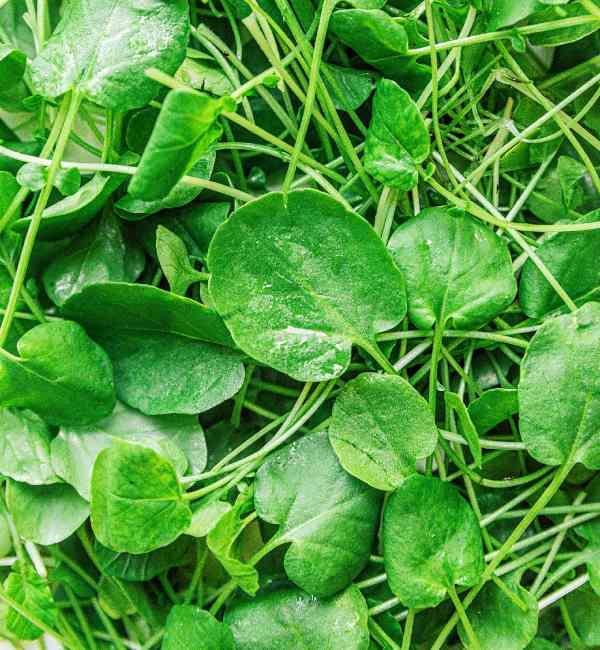
Watercress is a leafy green with small, round leaves and edible stems. It has a peppery, slightly spicy flavor.
Nutrition Facts: Watercress is packed with nutrients, particularly Vitamin K which helps to improve blood clotting and healthy bones. Further, it contains small amounts of vitamin E, thiamine, riboflavin, vitamin B6, folate, and so on.
Health Benefits: Watercress has a high amount of antioxidants which helps to protect against oxidative stress such as diabetes, cancer, and cardiovascular disease. Further, it has many potential benefits for heart health like blood pressure and cholesterol levels.
1. Kale
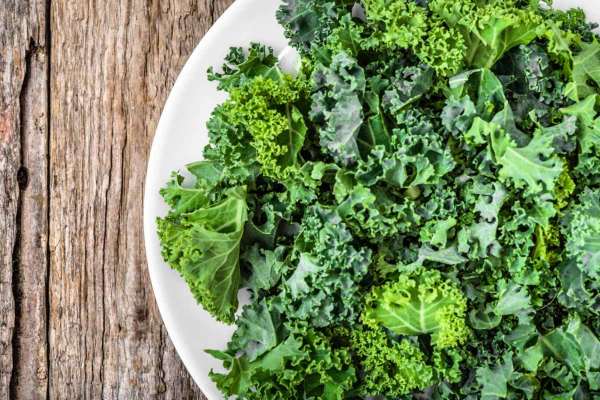
Kale is a member of the Brassica genus of plants like Collard greens, Broccoli, Bok choy, and Cabbage. It adapts to both cool weather and partial shade to thrive.
There are different types of kale including curly kale, lacinato or dinosaur kale, and red russian kale. These kales have distinct flavors and high nutritional value. They can be boiled, steamed, or braised and served as a side dish.
Nutrition Facts: It is extremely nutrient-rich, contributing ample amounts of vitamins A, C, and K, calcium, potassium, and magnesium. Similarly, it is packed with antioxidants which include beta-carotene.
Health Benefits: Kale is high in fiber and water which prevents or helps with constipation and improves regularity. Besides, Kale can reduce the risk of high blood pressure, cardiovascular disease, diabetes, and so on.
FAQs
1. Why should you grow leafy greens in your garden?
Homegrown nutrient-rich leafy greens tend to be more flavorful and fresh.
2. What are the nutritional benefits of leafy greens?
Each green leafy vegetable offers a unique array of vitamins, minerals, and antioxidants essential for overall health.
3. Can I grow leafy greens indoors?
Yes, leafy greens can be grown indoors with the help of containers if space is limited.
Also read, Top 10 Best Microgreens to Grow at Home!
